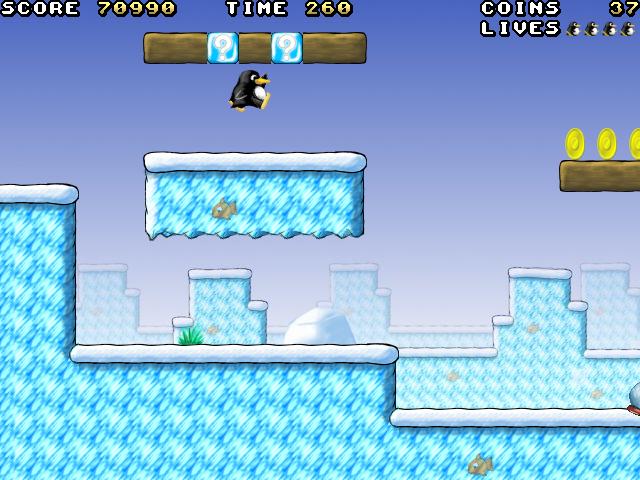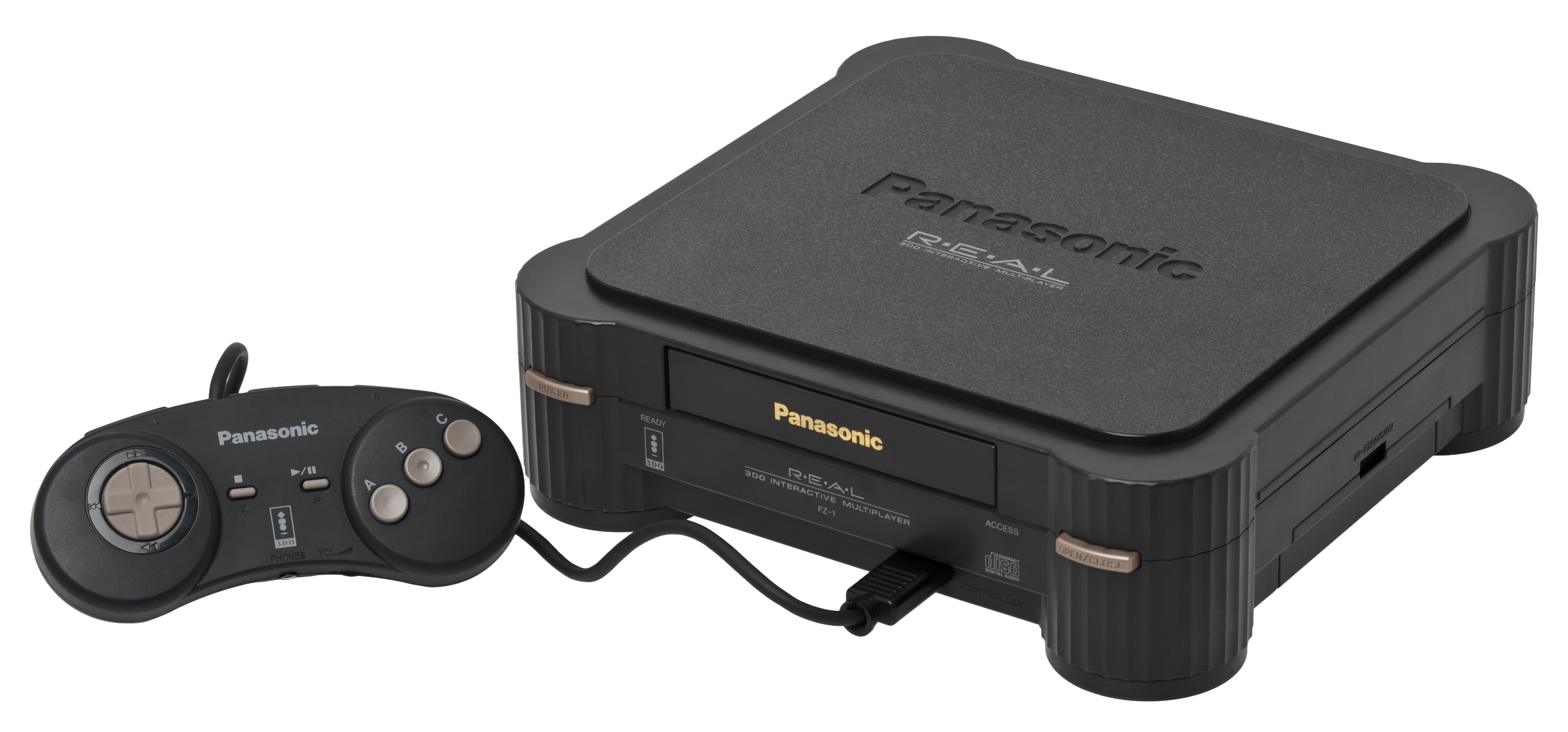|
Side-scrolling
A side-scrolling video game (alternatively side-scroller) is a video game viewed from a side-view camera angle where the screen follows the player as they move left or right. The jump from single-screen or flip-screen graphics to scrolling graphics during the golden age of arcade games was a pivotal leap in game design, comparable to the move to 3D graphics during the fifth generation.IGN Presents the History of SEGA: Coming Home Hardware support of smooth scrolling backgrounds is built into many s, some game consoles, and home computer ... [...More Info...] [...Related Items...] OR: [Wikipedia] [Google] [Baidu] |
Shoot 'em Ups
Shoot 'em ups (also known as shmups or STGs) are a subgenre of action games. There is no consensus as to which design elements compose a shoot 'em up; some restrict the definition to games featuring spacecraft and certain types of character movement, while others allow a broader definition including characters on foot and a variety of perspectives. The genre's roots can be traced back to earlier shooting games, including target shooting electro-mechanical games of the mid-20th-century, but did not receive a video game release until ''Spacewar!'' (1962). The shoot 'em up genre was established by the hit arcade game ''Space Invaders'', which popularised and set the general template for the genre in 1978, and has spawned many clones. The genre was then further developed by arcade hits such as ''Asteroids'' and ''Galaxian'' in 1979. Shoot 'em ups were popular throughout the 1980s to early 1990s, diversifying into a variety of subgenres such as scrolling shooters, run and gun game ... [...More Info...] [...Related Items...] OR: [Wikipedia] [Google] [Baidu] |
Platform Game
A platformer (also called a platform game, and sometimes a jump 'n' run game) is a subgenre of action game in which the core objective is to move the player character between points in an environment. Platform games are characterized by levels with uneven terrain and suspended platforms that require jumping and climbing to traverse. Other acrobatic maneuvers may factor into the gameplay, such as swinging from vines or grappling hooks, jumping off walls, gliding through the air, or bouncing from springboards or trampolines. The genre started with the 1980 arcade video game ''Space Panic'', which has ladders but not jumping. ''Donkey Kong (arcade game), Donkey Kong'', released in 1981, established a template for what were initially called "climbing games". ''Donkey Kong'' inspired many clones and games with similar elements, such as ''Miner 2049er'' (1982) and ''Kangaroo (video game), Kangaroo'' (1982), while the Sega arcade game ''Congo Bongo'' (1983) adds a third dimension via I ... [...More Info...] [...Related Items...] OR: [Wikipedia] [Google] [Baidu] |
Golden Age Of Video Arcade Games
The golden age of arcade video games was the period of rapid growth, technological development, and cultural influence of arcade video games from the late 1970s to the early 1980s. The release of ''Space Invaders'' in 1978 led to a wave of shoot-'em-up games such as ''Galaxian'' and the vector graphics-based ''Asteroids'' in 1979, made possible by new computing technology that had greater power and lower costs. Arcade video games switched from black-and-white to color, with titles such as '' Frogger'' and ''Centipede'' taking advantage of the visual opportunities of bright palettes. Video game arcades became a part of popular culture and a primary channel for new games. Video game genres were still being established, but included space-themed shooter games such as '' Defender'' and '' Galaga'', maze chase games that followed the design established by '' Pac-Man'', driving and racing games which more frequently used 3D perspectives such as ''Turbo'' and ''Pole Position'', cha ... [...More Info...] [...Related Items...] OR: [Wikipedia] [Google] [Baidu] |
Scramble (video Game)
is a horizontally scrolling shooter arcade video game released by Konami in 1981. It was distributed by Leijac for manufacture in Japan and Stern in North America. It was the first side-scrolling shooter with forced scrolling and multiple distinct levels,Game Genres: Shmups Professor Jim Whitehead, January 29, 2007, Accessed June 17, 2008 and it established the foundation for a new genre. It was Konami's first major worldwide hit. In the United States, it sold 15,136 arcade cabinets within five months and became Stern's second best-selling game. ''Scramble'' was not ported to any major contemporary consoles or computers, but there were releases for the [...More Info...] [...Related Items...] OR: [Wikipedia] [Google] [Baidu] |
Flip-screen
Since the origin of video games in the early 1970s, the video game industry, the players, and surrounding culture have spawned a wide range of technical and slang terms. 0–9 A B C D E F ... [...More Info...] [...Related Items...] OR: [Wikipedia] [Google] [Baidu] |
Fifth Generation Of Video Game Consoles
The fifth generation era (also known as the 32-bit era, the 64-bit era, or the 3D era) refers to computer and video games, video game consoles, and handheld gaming consoles dating from approximately October 4, 1993, to March 23, 2006. The best-selling home console was the Sony PlayStation, followed by the Nintendo 64 and the Sega Saturn. The PlayStation also had a redesigned version, the PSone, which was launched on July 7, 2000. Some features that distinguished fifth generation consoles from previous fourth generation consoles include: * 3D polygon graphics with texture mapping * 3D graphics capabilities – lighting, Gouraud shading, anti-aliasing and texture filtering * Optical disc (CD-ROM) game storage, allowing much larger storage space (up to 650 MB) than ROM cartridges * CD quality audio recordings (music and speech) – PCM audio with 16-bit depth and 44.1 kHz sampling rate * Wide adoption of full motion video, displaying pre-rendered computer animation ... [...More Info...] [...Related Items...] OR: [Wikipedia] [Google] [Baidu] |
Player Character
A player character (also known as a playable character or PC) is a fictional Character (arts), character in a video game or tabletop role-playing game whose actions are controlled by a player rather than the rules of the game. The characters that are not controlled by a player are called non-player characters (NPCs). The actions of non-player characters are typically handled by the game itself in video games, or according to rules followed by a gamemaster refereeing tabletop role-playing games. The player character functions as a fictional, alternate body for the player controlling the character. Video games typically have one player character for each person playing the game. Some games, such as multiplayer online battle arena, hero shooter, and fighting games, offer a group of player characters for the player to choose from, allowing the player to control one of them at a time. Where more than one player character is available, the characters may have distinctive Attribute (rol ... [...More Info...] [...Related Items...] OR: [Wikipedia] [Google] [Baidu] |
Defender (video Game)
''Defender'' is a 1981 horizontally scrolling shooter video game developed by Williams Electronics for arcades. The game is set on either an unnamed planet or city (depending on platform) where the player must defeat waves of invading aliens while protecting astronauts. Development was led by Eugene Jarvis, a pinball programmer at Williams; ''Defender'' was Jarvis's first video game project and drew inspiration from ''Space Invaders'' and ''Asteroids (video game), Asteroids''. ''Defender'' was demonstrated in late 1980 and was released in March 1981. It was distributed in Japan by Taito. ''Defender'' was one of the most important titles of the golden age of arcade video games, selling over 55,000 units to become the company's best-selling game and one of the highest-grossing arcade games ever. Praise among critics focused on the game's audio-visuals and gameplay. It is frequently listed as one of Jarvis's best contributions to the video game industry and one of the most diffic ... [...More Info...] [...Related Items...] OR: [Wikipedia] [Google] [Baidu] |
Jungle Hunt
is a side-scrolling platform-action game developed by Taito for arcades. It was originally distributed in 1982 as then quickly modified and re-released as ''Jungle Hunt'' following a copyright dispute over the player character's likeness to Tarzan. Taito also distributed a less successful rebranding of the game as ''Pirate Pete'' in 1982. ''Jungle King'', along with '' Moon Patrol'' released a month earlier, is one of the first video games which has parallax scrolling. The player controls an unnamed character moving through right-to-left scrolling scenes to rescue a woman from cannibals by swinging from vine to vine, swimming through a crocodile-infested river, avoiding rolling boulders, and jumping over her captors. Home versions of ''Jungle Hunt'' were published by Atari, Inc. for the Atari 2600, Atari 5200, and Atari 8-bit computers starring a British explorer named Sir Dudley. Ports under the Atarisoft label were released for Apple II, ColecoVision, Commodore 64, ... [...More Info...] [...Related Items...] OR: [Wikipedia] [Google] [Baidu] |
Shooter Video Game
Shooter video games, or shooters, are a subgenre of action video games where the focus is on the defeat of the character's enemies using ranged weapons given to the player. Usually these weapons are firearms or some other long-range weapons, and can be used in combination with other tools such as grenades for indirect offense, armor for additional defense, or accessories such as telescopic sights to modify the behavior of the weapons. A common resource found in many shooter games is ammunition, armor or health, or upgrades which augment the player character's weapons. Shooter games test the player's spatial awareness, reflexes, and speed in both isolated single player or networked multiplayer environments. Shooter games encompass many subgenres that have the commonality of focusing on the actions of the avatar engaging in combat with a weapon against both code-driven NPC enemies or other avatars controlled by other players. Subgenres Shoot 'em up Shoot 'em ups (also ... [...More Info...] [...Related Items...] OR: [Wikipedia] [Google] [Baidu] |
Williams Electronics
WMS Industries, Inc. was an American electronic gaming and amusement manufacturer in Enterprise, Nevada. It was merged into Scientific Games in 2016. WMS's predecessor was the Williams Manufacturing Company, founded in 1943 by Harry E. Williams. However, the company that became WMS Industries was formally founded in 1974 as Williams Electronics, Inc. Williams initially was a manufacturer of pinball machines. In 1964, Williams was acquired by jukebox manufacturer Seeburg Corp. and reorganized as Williams Electronics Manufacturing Division. In 1973, the company branched out into the coin-operated arcade video game market with its ''Pong'' clone ''Paddle Ball'', eventually creating a number of video game classics, including '' Defender'', ''Joust'', and '' Robotron: 2084.'' In 1974, Williams Electronics, Inc. was incorporated as a wholly owned subsidiary of Seeburg, which changed its name to Xcor International in 1977. Williams Electronics was spun out as an independent company i ... [...More Info...] [...Related Items...] OR: [Wikipedia] [Google] [Baidu] |







